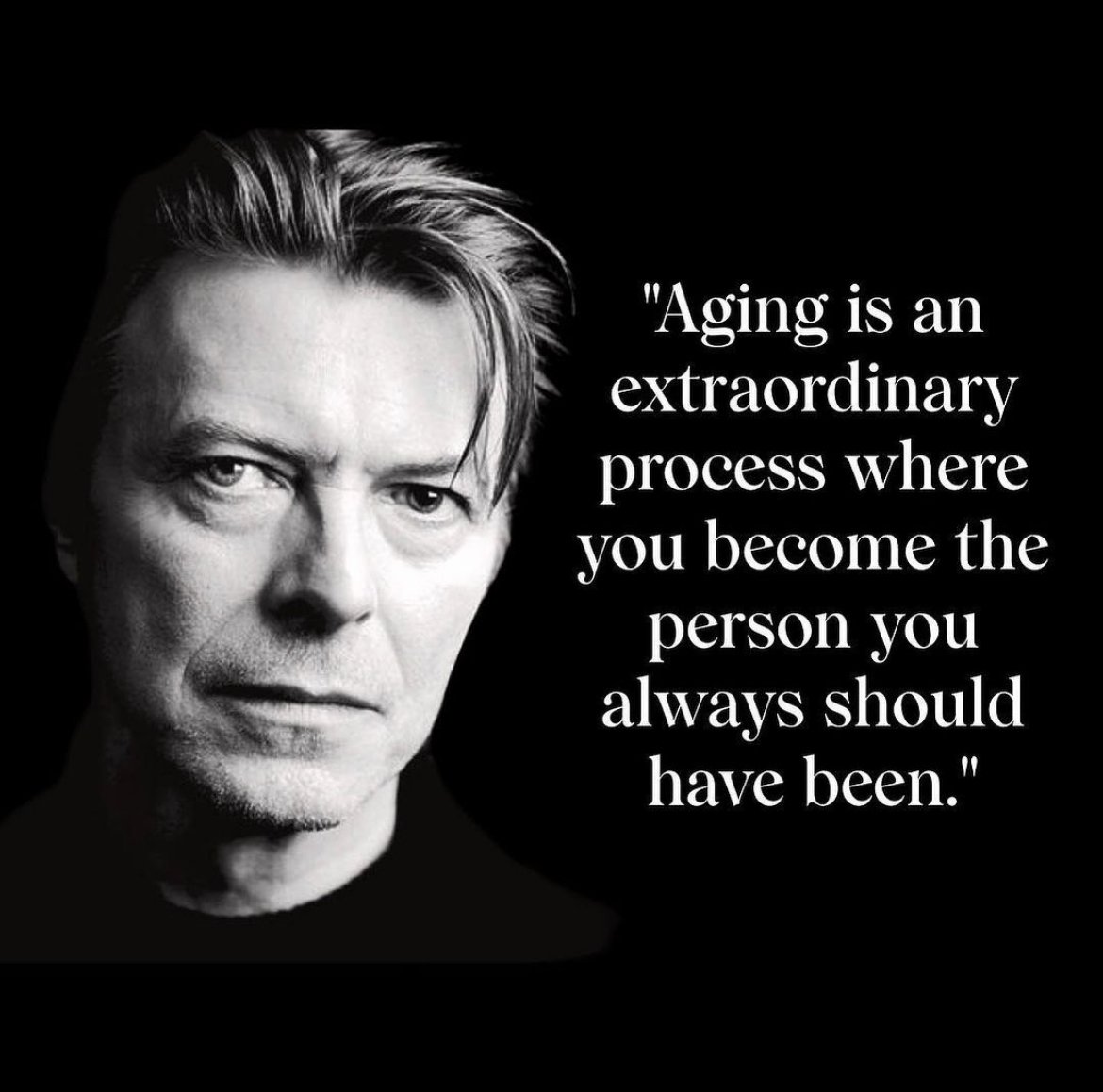It's about Time: A New Year Begins
I first heard of Rosh Hashanah, the Jewish New Year, while in High School, where I became a proud member and later graduated summa cum nothing of the Los Angeles Unified School District. Most of my friends were Jewish, though not religious Jews, but secular Jews. Other than my best friend’s father’s funeral, I don’t recall ever attending a religious event with them. So, fitting in with them was easy, as I was a secular goy.
Rosh Hashanah marks the beginning of the new year, according to the teachings of Judaism, and is the traditional anniversary of the creation of Adam and Eve, the first man and woman according to the Hebrew Bible, and the initiation of humanity's role in God's world.
Rosh Hashanah is the universe's birthday and begins at sundown on September 15, 2023, this year. The central observance of Rosh Hashanah is blowing the shofar (ram’s horn) on both mornings of the holiday (except on Shabbat), which is usually done in a synagogue as part of the day’s services.
A Man blowing the Shofar near the Western Wall in Jerusalem
As with most all religious festivals, there is food. Rosh Hashanah feasts traditionally include round challah bread (studded with raisins), apples dipped in honey, and other foods that symbolize hopes for a sweet year ahead.
In my view, the new year begins in September. Here in the northern hemisphere, we've all been on holiday for the warm summer season, and returning to school marks something of a turning of the times. This month, first-day-of-school photos of kids with new backpacks and fresh haircuts dominate social media. The parents are exhausted from summer, relieved the boys and girls are under someone else's tutelage, at least for part of the day.
We humans need to mark time with moments, declarations, and festivals. The new school year marks a new year, and Rosh Hashanah calls forth not only a new year but a remembrance of the beginning of creation. It's a celebration of the birth of time. Thus, September 15, 2023, will be Elul 29, 5783 in the Jewish calendar, in other words, five thousand seven hundred and eighty-three years since Adam and Eve had their first day in the school of life.
We've left the idea that those first two people were actual people unless a literal view of ancient sacred stories somehow gives you comfort. But, my view is that we are talking metaphor here.
Religious stories are to civilizations what dreams are to individuals. They are symbolically encoded messages from the depths of the human soul. Just as it would be inadvisable to interpret our dreams literally, in which case we would get into all sorts of trouble with the real world and human relationships, so we miss the inner meaning of scriptures by unimaginative readings. They are only loosely related to “reality” as we understand it. They demand reflection, contemplation, and an understanding of symbolic language.
~ David Tacey, Religion as Metaphor, p. 2
Adam and Eve go back 40,000 years on the African savanna. And there would not have been just one couple, but many, and they likely had different names and certainly never shopped at Target. But human beings are meaning-making creatures, and one of the ways we make meaning is through stories. So, people told tales suggesting something deeper might have been in our history than mere homo erectus archeological research. We tell stories because we desire to make sense of life; we also delight in gossip.
But Rosh Hashanah is not only about peopling the planet. It’s also marking the beginning of time, which, in our view, is not an attempt at a scientifically quantifiable moment. No, it's about understanding how we got here. When did everything begin? When is the moment history starts? When is all going to end, or is it going to end?
The nature of time is an age-old philosophical and psychological conundrum, a topic that thinkers from various disciplines have tried to grasp and understand for millennia. But you are readers of “Notebooks,” where we attempt to tackle these challenging topics in a way that plumbers, parents, and poets can grasp.
What is Time?
“The biblical view is that history is not an absurdity to be endured or an illusion to be dispelled or an endlessly repeating cycle to be escaped. Instead, it is for each of us a series of crucial, precious, and unrepeatable moments seeking to lead us somewhere," wrote Frederick Buechner in his book Wishful Thinking. That quote summarizes the Western view of time, history's centrality, and events' specificity. We in the West value time as a linear meaning layered experience.
This understanding is the air we breathe. Many of us are not even aware this is a perspective on life, which is why another quote from Buechner resonates with so many of us.
“Listen to your life. See it for the fathomless mystery it is. In the boredom and pain of it, no less than in the excitement and gladness: touch, taste, smell your way to the holy and hidden heart of it, because in the last analysis all moments are key moments, and life itself is grace.”
— Frederick Buechner, Now and Then (1983)
As humans, we know time as a passing of unrepeatable events in which everything passes away, including ourselves. Events occur in our lives (a birth, a death, a marriage, some moment of unusual beauty, pain, joy) through which we catch a glimpse of what our lives are all about and maybe even what life itself is all about, and this glimpse of what "it's all about."
What’s striking about this linear view of time is that it emerged from a cyclic understanding of time. Ancient humans measured time seasonally as they experienced a never-ending cycle of spring, summer, autumn, and winter. They watched the moon's monthly migration, which parallels women's menstrual cycles. Indeed, the personal and the celestial seemed connected. People measured time as a circle at Stonehenge or Aztec circular stone calendars. This approach, rooted in Babylonian and Sumerian civilizations, influenced the Egyptian, Hebrew, Greek, and Islamic Calendars and survives today in the changeable dates of Passover and Easter in the Jewish and Christian year. The liturgical year, with its seasonal, cyclical progression from Advent, proclaims both an end of and a beginning of time, through the narrative of Christ's life, death, and resurrection as a ritual re-living of the life of Christ. It's as though we have a linear view layered over a cyclical calendar.
Today, farmers calculate their planting, watering, and harvesting using technological measurements of soil chemistry, temperature, and internet-connected timing. The seasonal changes, the height of the sun, and the length of days guided ancient planters. My point is that in a prior age, human life was integrated with the natural rhythms of a cyclical worldview.
In the shift to a primarily linear reckoning of time, we privileged conscious awareness of the internal psyche’s unconscious integration of time. Carl Jung felt the loss of these cyclical rhythms caused humans to experience a loss of wholeness or soul.
Jung aimed to shed light on the elusive relationship between time and the psyche. Rather than being a linear progression, time for Jung is a multi-layered and deeply personal experience. Jung saw time not just as an objective phenomenon but also as a subjective, psychological reality. In other words, our understanding of time isn't just about the ticking clock; it's intertwined with our emotions, memories, and inner conflicts.
Jung famously introduced the concepts of the Personal Unconscious and the Collective Unconscious. The former contains memories and thoughts repressed or forgotten, while the latter holds all humanity's shared memories and ideas. This distinction is crucial in understanding temporality. The Personal Unconscious operates in a more immediate temporal realm, shaped by our experiences. In contrast, the Collective Unconscious is timeless – it exists beyond the conventional constraints of time and contains universal symbols (archetypes) present throughout human history.
These archetypes are innate, universal symbols and themes within the Collective Unconscious. They're not learned but are instead a part of our shared human experience. You could say we know them on a gut level. Since these archetypes exist outside of temporal constraints, they introduce the concept of timelessness into the human psyche. They manifest in dreams, myths, and art across cultures and epochs, suggesting that while the world around us changes, some aspects of the human experience remain constant and unbound by time.
Some examples of archetypes include:
The Wise Old Man/Woman: A guide or advisor to the hero, symbolizing wisdom and guidance. Think of figures like Gandalf from "The Lord of the Rings" or Yoda from "Star Wars" or Professor Minerva McGonagall from "Harry Potter."
The Child: Often represents purity, innocence, and, in some instances, potential for growth or rebirth. This archetype can be seen in characters like the Christ Child or even more mundane characters embodying innocence and change.
The Trickster represents mischief, chaos, and the questioning of conventional wisdom. Loki from Norse mythology, the Coyote in Native American tales, and Hermes in Greek mythology serve as examples.
The point is that these symbolic types appear across time in all religions, literature, and the arts. The wise old man or woman archetype can be displayed in church or town council meetings, as can someone who seems possessed by a trickster character. Sometimes, the two show up in the same meeting, vying for attention from the surrounding participants.
For Jung, our journey to self-realization is deeply tied to our time experience. As individuals progress through life, confronting and integrating the slings and arrows of outrageous fortune, we move closer to a holistic understanding of ourselves and the totality of life. This journey is dynamic; it involves revisiting past hauntings, repressed memories, and innate archetypes. This internet meme of a David Bowie quote seems appropriate here.
Or these delightful words from Maya Angelou
“There is no greater agony than bearing an untold story inside you.”
Our understanding of time and its connection to the human soul impacts our well-being far more than we realize. Time is not just about the hours, minutes, and seconds that pass but is profoundly influenced by our inner worlds and the timeless realm of shared human experience.
As time marches on for me, and yes, the older one gets, the more one considers our finite time on earth, I'm mindful of how precious and fragile life is. Marking the beginning of a new year, be it in the Jewish tradition of Rosh Hashanah, the first days of a new school year, or simply turning one season into another, I return to Frederick Buechner's quote again.
“Listen to your life. See it for the fathomless mystery it is. In the boredom and pain of it, no less than in the excitement and gladness: touch, taste, smell your way to the holy and hidden heart of it, because in the last analysis all moments are key moments, and life itself is grace.”
— Frederick Buechner, Now and Then (1983)
Indeed, life and time are grace. Let us treasure the days we have.
Until next time,
James Hazelwood, author, bishop, and spiritual companion, is the author of Weird Wisdom for the Second Half of Life and Everyday Spirituality: Discover a Life of Hope, Peace, and Meaning. This essay first appeared in my Substack Newsletter, published thrice a month. You may subscribe at www.jameshazelwood.substack.com



